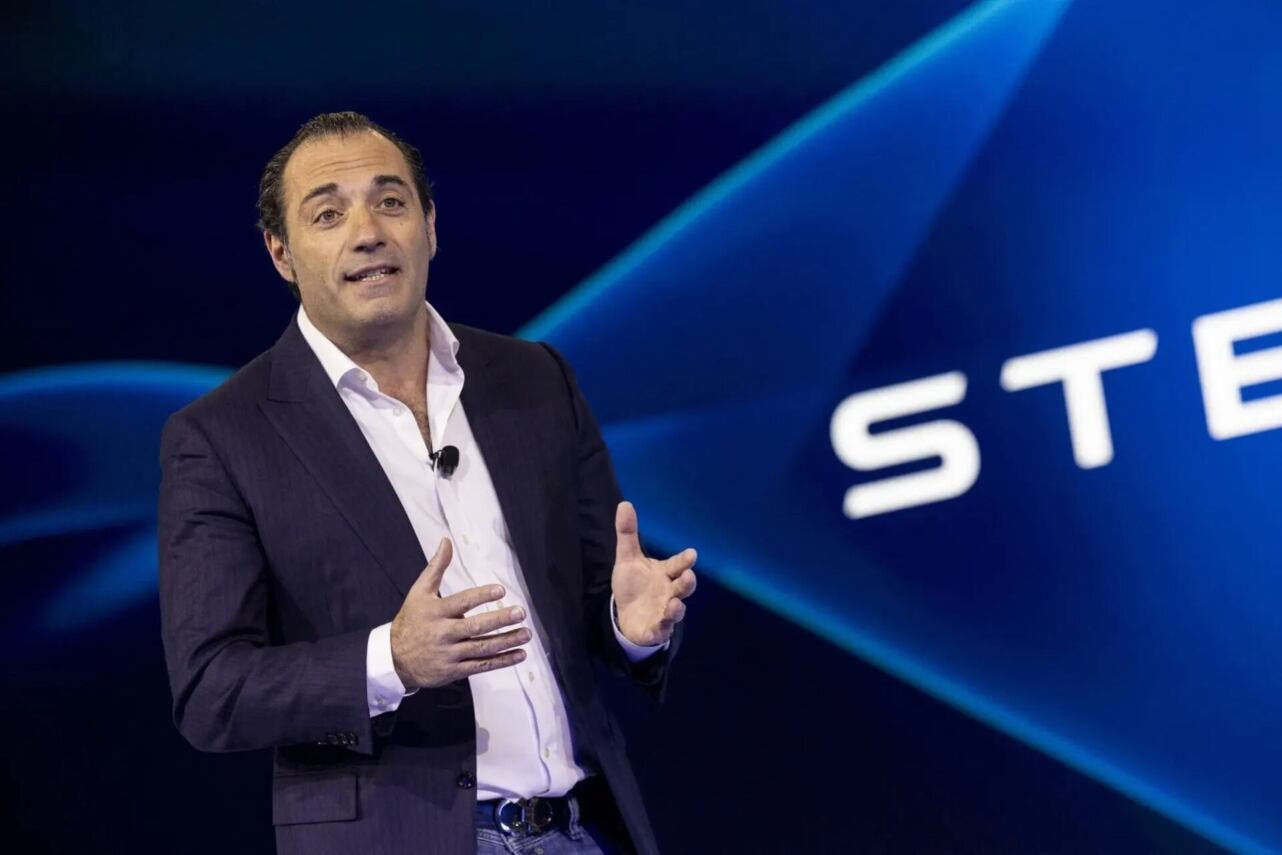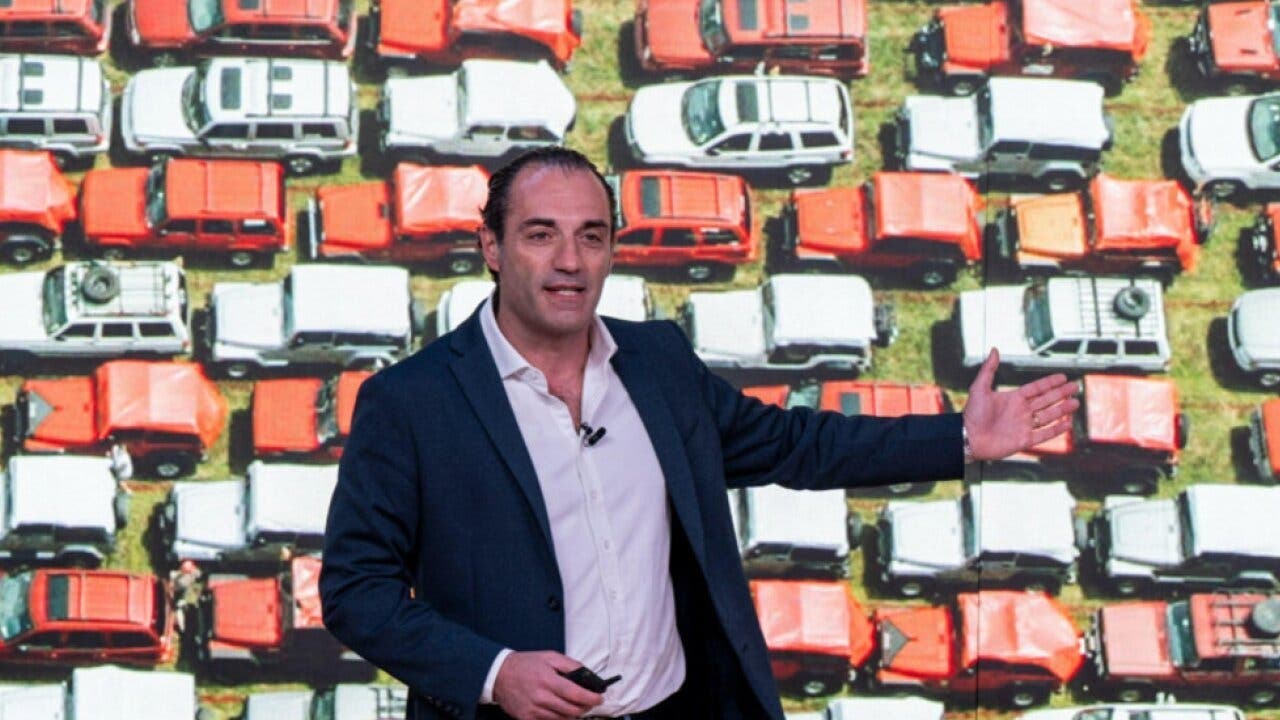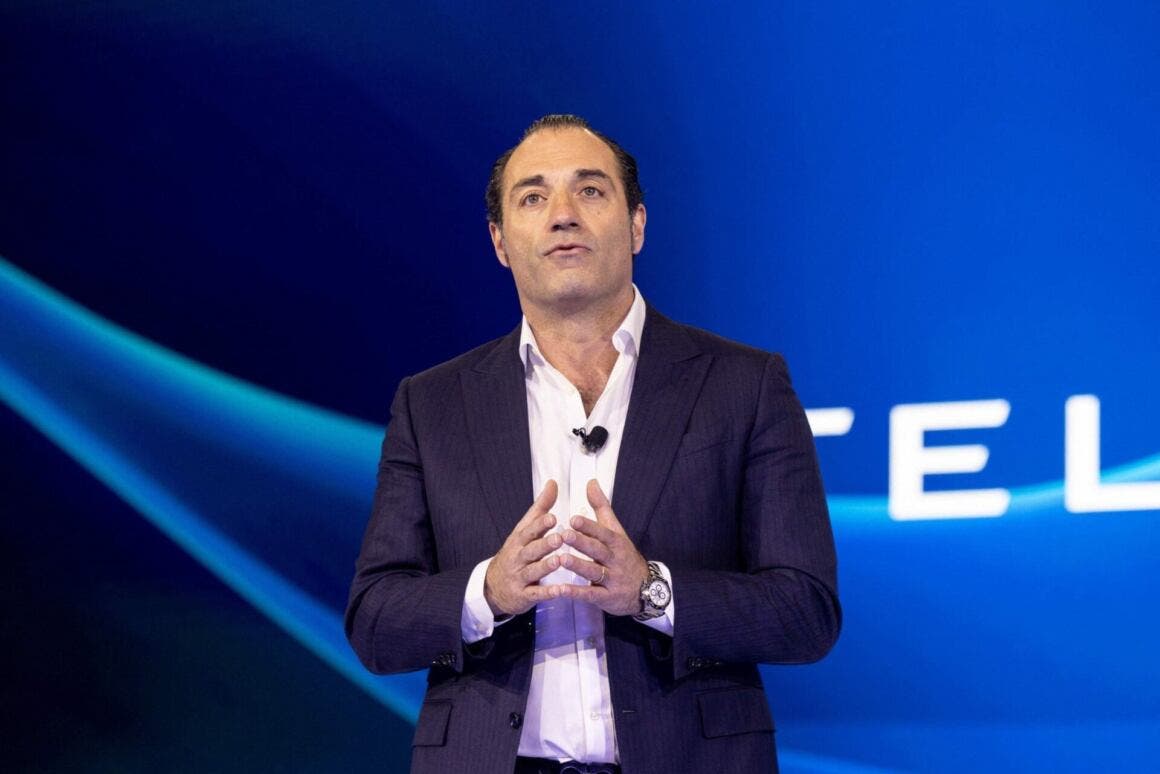Antonio Filosa, Stellantis’ new CEO, has begun his mandate with a colossal challenge: getting one of the world’s largest automakers back on track, grappling with declining profits, geopolitical turbulence, and a forced transformation of the global automotive market. In the first half of 2025, Stellantis negatively surprised investors, reporting a net loss of $2.7 billion, against expectations that anticipated at least a positive margin.
Stellantis CEO Antonio Filosa faces $2.7B loss as company pivots from EVs back to performance gasoline engines

Stellantis is therefore recalibrating its strategy, reducing investments in 100% electric and hydrogen vehicles, to focus more on hybrid powertrains more in line with new market demands. But the challenge is on two fronts: beyond obstacles imposed by tariffs and trade wars, Stellantis is also suffering from a 25% decline in North American shipments.
Filosa, former Jeep brand leader, has promised a gradual recovery plan. However, he must also heal the fractures left by his predecessor Carlos Tavares. Stellantis has also recorded significant write-downs on Maserati and suffered substantial costs related to the Takata airbag recall.
Despite everything, Filosa has indicated signs of hope, citing the success of the new Fiat Grande Panda and Citroen C3 Aircross in Europe and promising a slow but steady recovery. Complete results will be announced on July 29, when Stellantis will publish updated forecasts for the entire fiscal year.

According to industry experts, Stellantis would also be planning a decisive return to its origins, relaunching high-performance gasoline engines, particularly to win back the most loyal customers in key markets like the United States.
The first significant move comes from Ram, which has decided to bring back the celebrated 5.7-liter HEMI V8 engine, after numerous criticisms received following its elimination in favor of a more efficient but less “muscular” V6. Jeep has also announced the return of the mid-size Cherokee, aiming to recapture an important slice of the SUV market, while Dodge, after attempting the electrification route, is ready to rethink its offering to speak again to its most devoted clientele, those passionate about horsepower and performance.
As anticipated, Stellantis is also fighting against increasingly heavy customs tariffs. The company has already paid $350 million in tariffs in the first half of the year. With a surplus of unsold cars, the group could be forced to increase prices during the year to counterbalance the impact of tariffs. The future remains uncertain; now is the time to rebuild confidence and, above all, the Group’s profits.
